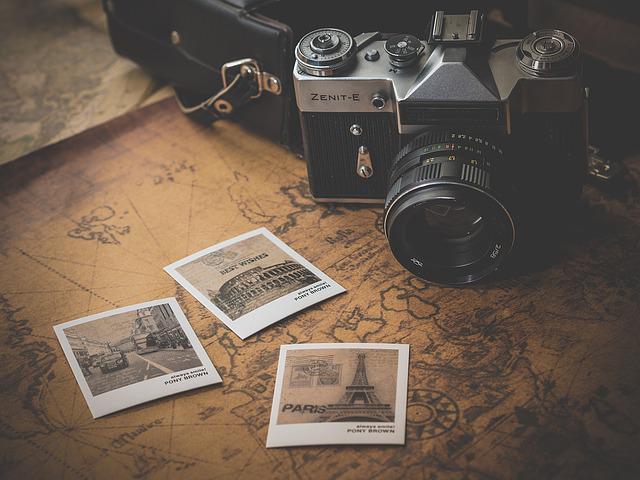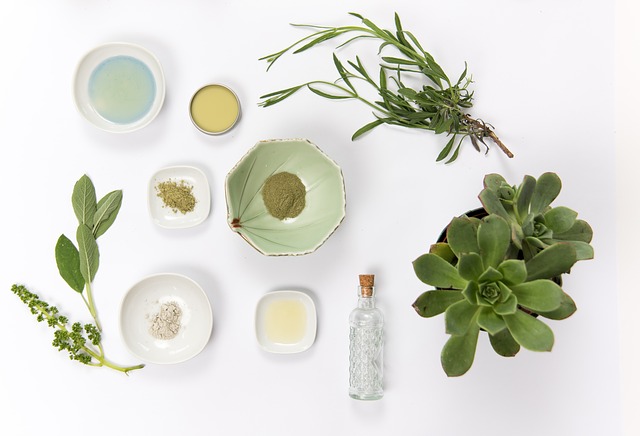
How to Improve Skin Health for the Best Photoshoot Results
How is Skin Considered When Shooting Fashion Photography?
Skin is one of the most important aspects of fashion photography. It can make or break an image. Photographers must be aware of how light and shadow play off the skin to create flattering or unflattering images. In general, the skin should be smooth and free of blemishes. However, there are times when a photographer will want to emphasize the natural texture of the skin. This can be done by using a diffused light source to soften the shadows and by selecting a background that compliments the skin tone. It is also important to consider the makeup and clothing choices made for each shoot. A heavy layer of makeup can look unnatural and overpowering against pale skin, while bright colours can clash with darker skin tones.
Skin can be a powerful tool to create an effect or communicate a message. For example, pale skin can be used to create a feeling of fragility, innocence, or vulnerability. On the other hand, tanned skin can be used to create a feeling of health, vitality, or sun-soaked glamour. In addition to colour, skin texture can also be important when shooting fashion photography. Smooth skin can create a feeling of luxury or opulence, while rough skin can create a feeling of earthiness or rusticity. Ultimately, the way that skin is considered when shooting fashion photography can have a significant impact on the overall look and feel of the photograph.
What Can Influence How Well Your Skin Looks in Photos?
There are many things that can influence how well your skin looks in photos. Firstly, the condition of your skin can affect how good you look in photos. If you have any blemishes or other skin problems, these will likely be very noticeable in photos. Secondly, the lighting situation can make a big difference in how good your skin looks. If you are photographed in harsh lighting, your skin will likely look worse than if you were photographed in softer lighting. Finally, your facial expressions can also play a role in how good your skin looks in photos. If you smile or laugh, your skin will look better than if you frown or scowl.
How to Improve Your Skin Health For Better Photos?
There are a few things to consider when it comes to skincare before a photo shoot. One is that you want to avoid any breakouts or blemishes that will show up in photos. It’s also important to make sure your skin is hydrated and looking its best. Here are a few tips for taking care of your skin before a photoshoot:
- Make sure to cleanse and moisturize your skin every day. This will help keep your skin looking healthy and breakout-free.
- Follow up with a moisturizer, preferably one that is oil-free. This will help to control shine and keep your skin looking matte.
- If you have any blemishes or acne, try to treat them with a benzoyl peroxide cream or other acne treatment before the shoot.
- If you’re going to be shooting in the sun, make sure to use sunscreen! A good SPF will help protect your skin from sunburn and premature ageing.
- Be sure to drink plenty of water and get enough sleep leading up to the shoot. This will help keep your skin healthy and hydrated from the inside out.
- Use a face mask once or twice a week. A face mask will help remove impurities from your skin and give it a boost of nutrients.
- If you have oily skin, use a mattifying primer before applying makeup. This will help control oil production and make your makeup last longer.
What Are Some Effective Methods of Using Skincare Products?
There are a variety of effective methods for using skincare products. One popular method is to apply products in the order that they are listed on the product label. This allows the ingredients to work together and achieve the desired results. Another common method is to use a small amount of product at a time and increase the amount if needed. This helps avoid over-application, which can lead to skin irritation. Finally, it is important to remember that skincare products should be used regularly for best results. Skipping days or using only sporadically will not produce the desired outcome.
Finally, it’s important to be aware of how your skin reacts to different skincare products. Some people have more sensitive skin than others, so it’s important to test new products on a small patch of skin before applying them all over.

